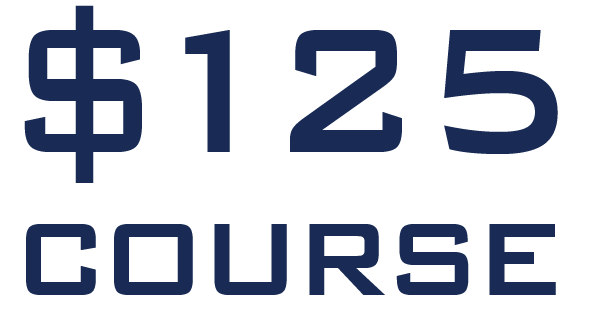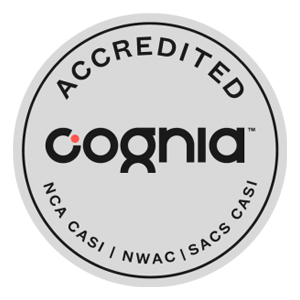
INTEGRATED MATH 3, PART 1
Price: $125 | Credits: One Semester | Dept: Math | Course ID# 233-1
Integrated Math 3 is the third year of a three-year high school mathematics sequence. The program is designed to build upon each year, increasing in difficulty and application of patterns, modeling and conjectures to develop a student’s understanding and competency in mathematics. This is the first semester of Integrated Math 3, it is approved by the University of California A-G as mathematics (category C).
Upon completion of this course, the student is awarded 5 credits. Each credit corresponds to 15 hours of study. Of course, some students work more quickly than others, and some can devote more hours to study, so some students are able to complete the course in an accelerated rate.
LEARNING OBJECTIVES
In this course, students gain a comprehension of the following:
- Linear equations and inequalities.
- Linear functions.
- Systems of linear equations.
- Quadratic equations and functions.
- Polynomial equations and functions.
- Radical equations and functions.
- Radical expressions, equations and functions.
TOPICS COVERED
- Solve multistep linear equations involving distribution, fractions, and decimals.
- Analyze patterns and learn to recognize an arithmetic sequence, then learn to find the sum of a finite number of terms.
- Solve and graph multiple-step inequalities in one variable.
- Solve and graph compound inequalities in one variable.
- Solve and graph absolute value equations and inequalities in one variable
- Recognize functions based on a set of data, graphs, and descriptions.
- Calculate slope, identify slope given points and lines, identify the slope of the graphed line.
- Identify characteristics of parallel and perpendicular lines and write the equations of lines that are parallel and perpendicular to a given line.
- Apply the characteristics of parallel and perpendicular lines on the coordinate plane to polygons.
- Model real-world problems with linear equations.
- Identify lines that have a single solution, graph systems of equations to determine a solution, and recognize characteristics of pairs of lines that result in consistent and inconsistent equations.
- Solve systems of equations by substitution and elimination method.
- Solve systems of inequalities by graphing.
- Write pairs of equations to model real-world problems and model equations with three variables.
- Solve systems of three equations and three variables.
- The various forms of a quadratic equation and how to solve a quadratic equation by factoring.
- How to use the process of completing the square to write a quadratic function in the vertex form.
- Solve un-factorable quadratic equations by using the quadratic formula.
- How to find the square root of a negative number and other properties of imaginary numbers.
- Analyze a quadratic function such as identifying the domain, range, maximum and minimum points.
- How to graph piecewise functions that include linear and quadratic functions.
- Identify polynomials and add and subtract polynomials.
- Multiply a monomial by a polynomial (distribute) and learn multiple polynomials with a varying number of terms.
- Use long division to divide polynomials that can not be factored
- Use synthetic division to determine remainders and apply this to evaluating polynomials.
- Use the Remainder and Factor theorem to decompose a polynomial into the product of binomials.
- Apply the conjugate and real root theorem to identify the factors of polynomials as well as write the equation of polynomials given roots.
- Apply the Fundamental Theorem of Algebra to determine the number of roots of a polynomial, the roots and write a polynomial given roots.
- Simply exponents, solve equations with exponents, simplify with rational exponents, and raise an exponent to a power.
- Divide with exponents and simplify negative exponents.
- Simplify radicals, rationalize denominators, and compute with radicals.
- Solve radical equations with one and two radicals.
- Graph radical functions and transform from a parent function.
- Simplify, add and subtract rational expressions.
- Multiply and divide rational expressions.
- Solve rational equations.
- Analyze rational equations including asymptotes, end behavior, and zeros.
























